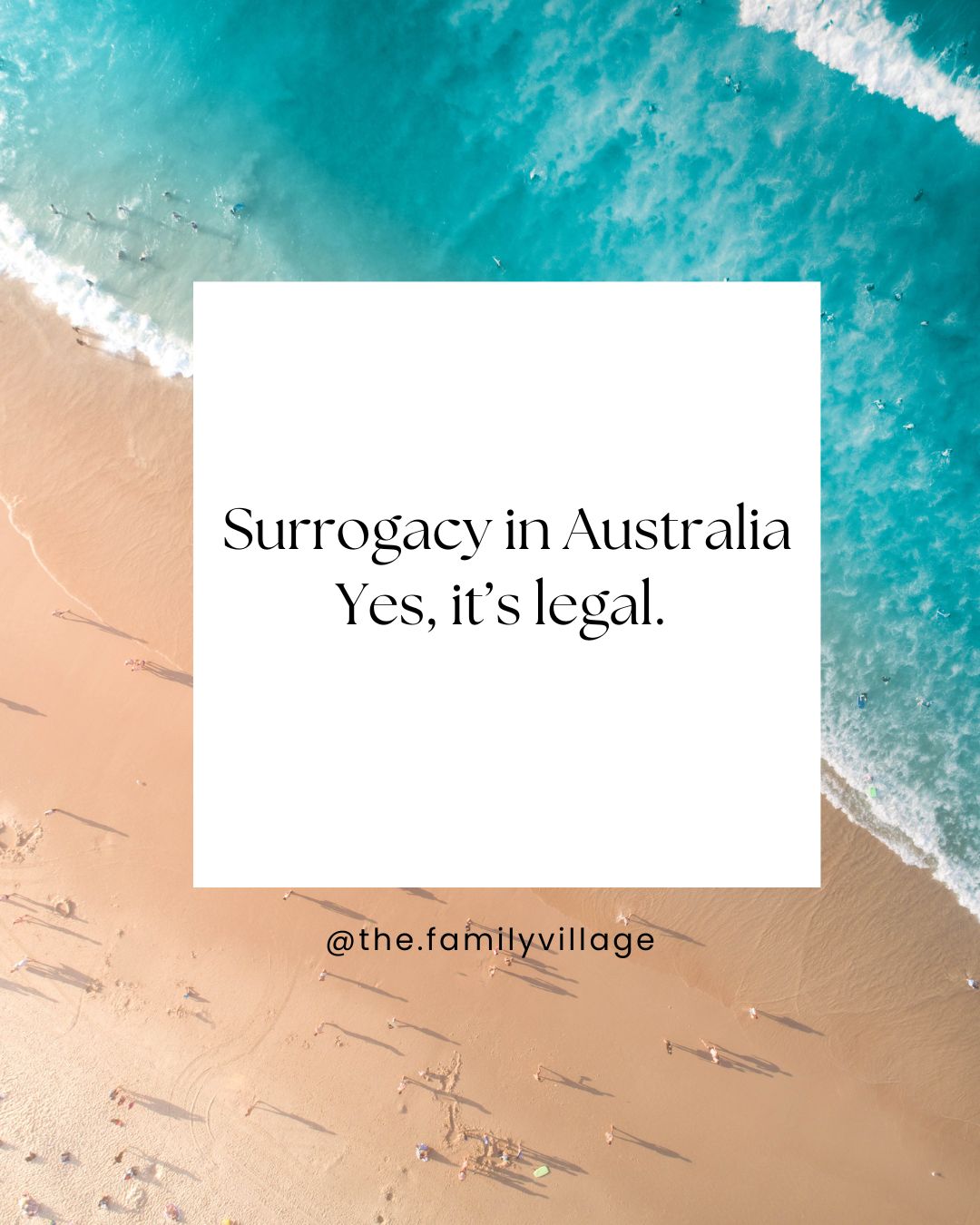It’s making headlines everywhere – Monash IVF in Brisbane have admitted to transferring the wrong embryo to a woman. A mistake that was not found until after the embryo was transferred, implanted and a baby was born.
In 2024, the Assisted Reproductive Technology Act 2024 (Qld) (ART Act) was introduced in Queensland – being the first of its kind to regulate ART providers and standards of practice. Prior to this, IVF clinics and standards were self-regulated by industry.
Unfortunately, the ART Act does not apply retrospectively.
Over the last week there has been much speculation on what the legal outcome of this mix up will be. The truth is, there is no legal precedent in Australia for dealing with this type of situation. It is a first of its kind. This is one area where new technology has developed for family creation, but the law simply hasn’t been able to keep up.
Section 60H of the Family Law Act 1975 (Cth) provides for presumptions about who the parents of a child are as a result of artificial conception procedures. In those circumstances, where a child is born to a woman and her partner through an artificial insemination process (using their own or donor gametes) and all parties consented to the procedure (and the use of the donor gametes), then the child is a child of the birth woman and her partner.
In the current Monash IVF mix up, who consented to the procedure and use of the gametes and in what circumstances will become an issue that the presumptions in section 60H do not appear to be wide enough to deal with. Putting to one side any presumptions or legal interests of the birth and genetic parents, there is a child and, as in any legal proceedings about parentage and custody, any Court hearing a dispute about parentage in this mix up will need to determine what is in the best interests of this young child.
There is little doubt that dealing with the legal and emotional issues arising out of the mix up will be felt for a very long time.
For those undertaking IVF procedures
It is not only the immediate clinic and families involved in this mix up feeling the anxiety of this mix up. We have had many colleagues and friends reach out to us with heightened anxiety as they prepare for the next round or transfer – the what ifs.
Even as a past IVF mum, it is difficult for me to accept that this was always a risk. One that I was never really worried about, but one that now sits in the forefront of my mind. Firstly, accepting that it was always a risk is a place to start. Thereafter, acknowledging that even now, that risk is very low.
We appreciate that it still may be difficult.
We have received some advice from an embryologist who has given the following tips for you to go through prior to completing your transfer:
- You can ask for verification of the chain of evidence of handling prior to your transfer. Your clinic should be able to provide this to you with ease. At each stage of the chain, you should see two witnesses at all times;
- The cryo device on the day of your transfer should bear a label that is intact and correct. You may need to ask to see this label in advance of your appointment;
- You should ask for and receive a report detailing any frozen embryos and their quality; and
- Speak to your doctor about any other concerns you have.



